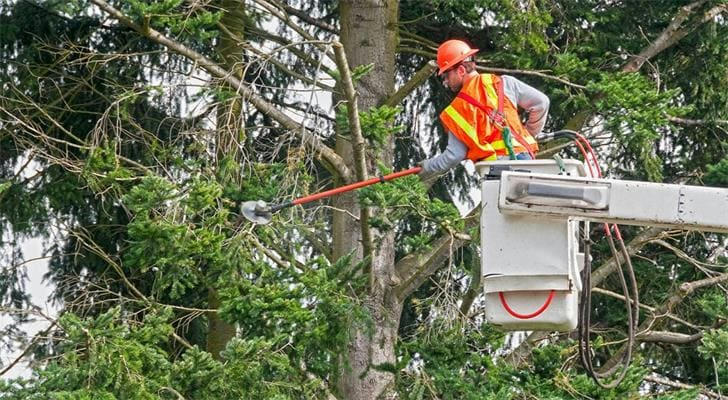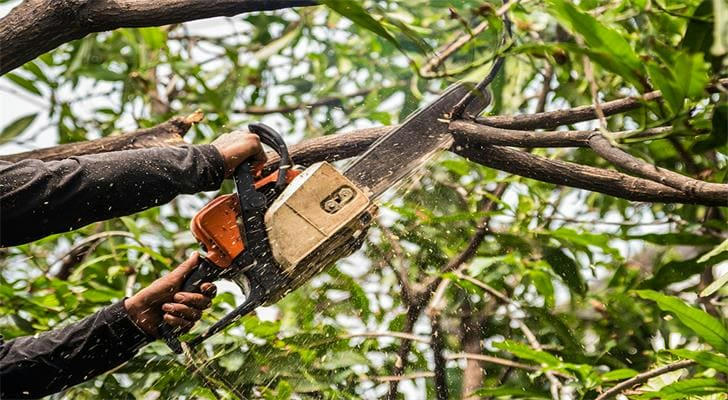Ladder Leaders: The Tree Trimmer's Ascent to Industry Stardom

In the world of arboriculture, tree trimmers, or arborists, are the unsung heroes who scale ladders and heights to ensure the well-being of our greenery. These ladder leaders play a pivotal role in maintaining the health and beauty of our urban landscapes. This article delves into the journey of these professionals, their recruitment requirements, salary levels, and how they rise to the pinnacle of their industry.
The Role of Tree Trimmers
Tree trimmers are not just individuals who cut branches; they are experts in maintaining the health and safety of trees. Their work involves pruning, removing deadwood, and shaping trees to promote growth and prevent diseases. They are the first line of defense against storm damage and play a crucial role in urban forestry management.
Recruitment Requirements
To become a ladder leader in the tree trimming industry, certain requirements must be met. Candidates typically need a high school diploma or equivalent and a passion for working at heights. Experience in horticulture or forestry is advantageous. Many tree trimmers start with a background in these fields and undergo specialized training in arboriculture. Certifications, such as the ISA Certification, are highly valued and can propel a tree trimmer's career to new heights. Physical fitness is also a must, as the job involves rigorous outdoor work and the ability to lift heavy equipment.
The Path to Stardom: Education and Training
The journey to becoming a star in the tree trimming industry begins with education. Seasoned tree trimmers have honed their skills through years of hands-on work and have learned to read the unique language of trees, understanding their needs and responses to various environmental factors.
Safety First: The Foundation of Stardom
Safety is paramount in tree trimming. Ladder leaders are those who have mastered safety protocols and are adept at using personal protective equipment (PPE). They are well-versed in risk assessment and are always up-to-date with the latest safety standards.
Innovation and Technology
The tree trimming industry is evolving with technology. Ladder leaders embrace innovations such as advanced pruning tools, aerial lifts, and diagnostic equipment.
Community Impact and Environmental Stewardship
Tree trimmers have a profound impact on communities. They contribute to the aesthetic appeal of neighborhoods and the health of the environment by maintaining green spaces.
Salary Levels
The salary of a tree trimmer can vary widely based on experience, location, and the specific company or organization they work for. According to the U.S. Bureau of Labor Statistics, the median annual wage for tree trimmers and pruners was $37,090 in May 2021. However, for those with extensive experience and certifications, earnings can be significantly higher, especially in larger metropolitan areas where the cost of living is higher.

Career Advancement and Stardom
For those aiming for the top, career advancement in tree trimming can lead to roles such as crew leader, arborist consultant, or even business ownership. Stardom in this field is achieved by consistently delivering quality work, fostering strong client relationships, and being a thought leader in arboriculture.
The Future of Tree Trimming
The future looks bright for ladder leaders. As urbanization increases and the need for green spaces grows, the demand for skilled tree trimmers is on the rise.
Conclusion
The ascent to industry stardom for tree trimmers is a journey marked by education, experience, safety, and a commitment to innovation and community impact. Ladder leaders are the professionals who not only trim trees but also shape the future of urban forestry. As the industry evolves, it is these leaders who will set the standards and lead the way, ensuring that our trees, and the environments they support, thrive for generations to come.
